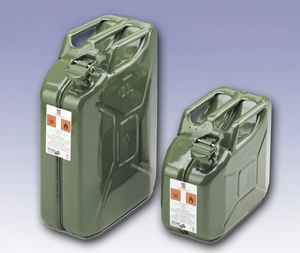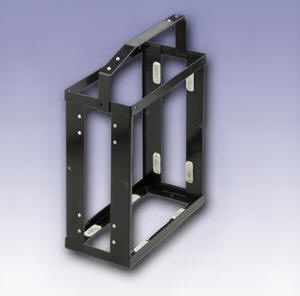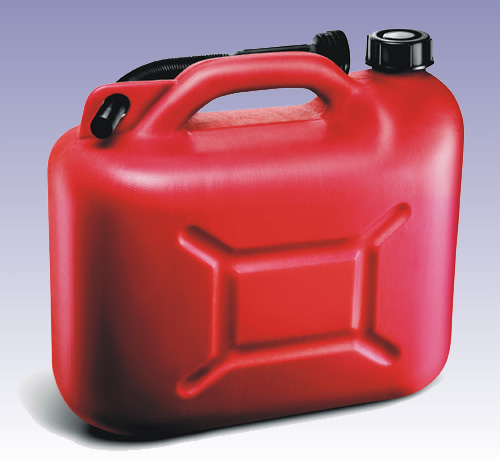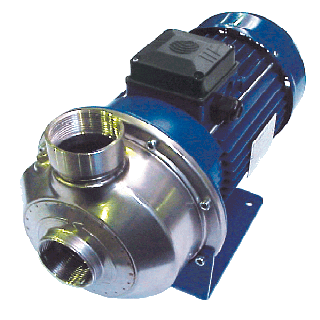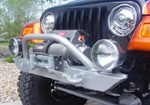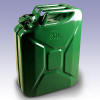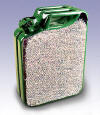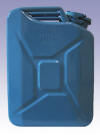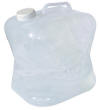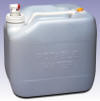|
You will find a large selection of quality metal and plastic jerry cans, water cans, steel & plastic drums, water pumps, fuel pumps, water tanks, fuel tanks, tool boxes and tool organizers, Fire-extinguishers, Fire extinguisher cylinders, metal jerry cans, metal water cans, metal fuel cans, metal water tanks, metal fuel tanks, plastic jerry cans, plastic water cans, plastic fuel cans, plastic water tanks, plastic fuel tanks |
||||||||||||||||||||||||||||||||||||||||||||||||||||||||||||||||||||||||||||
|
||||||||||||||||||||||||||||||||||||||||||||||||||||||||||||||||||||||||||||
|
A jerry can is a robust fuel container
made from pressed steel. It was originally designed in Germany in the 1930s
for military use and holds 20 litres In 1939, an American engineer
named Paul Pleiss had built a vehicle to journey to India with his
German colleague. After building the car, they realized they didn't
have any Pleiss told American military
officials about the jerry cans, but they ignored him. Without a
sample, he realized he couldn't get anywhere. He eventually got the
car shipped to New York by a roundabout method, and sent a jerry can
to Washington. The War Department decided instead to use the WWI
ten-gallon jerry can with two screw closures, which required both a
wrench and funnel for pouring. At the beginning of the Second World War, the British Army were equipped with simple rectangular fuel containers: a 2 gallon (9 litres) container made of pressed steel and a 4 gallon (18 litres) container made from tin plate. While the 9 litre - 2 gallon containers were relatively strong, they were expensive to produce. The 18 litre - 4 gallon containers, which were mainly manufactured in the third world, were cheap and plentiful but they were not very robust. Consequently they were colloquially known as flimsies. While adequate for
transportation by road in Europe, the flimsies proved to be
extremely unsatisfactory during the North African Campaign and
severely hampered the operation of the British 8th Army. The
transportation of fuel over rough terrain often resulted in much of
the fuel being lost as the containers were easily punctured. The
resultant leakages also made the transportation vehicles liable to
fuel fires. The sides of the jerry can were marked with cross-like indentations that strengthened the jerry can while allowing the contents to expand, as did an air pocket under the handles when the jerry can was filled correctly. Rather than a screw cap, the containers used a cam lever release mechanism with a short spout secured with a snap closure and an air-pipe to the air pocket which enabled smooth pouring (which was omitted in some copies). The interior of the jerry can was also lined with an impervious plastic, first developed for steel beer barrels that would allow the cans to be used for either water or gasoline. The jerry can was welded, and had a gasket for a leak-proof mouth. The British used cans captured from the "Jerries" (Germans) — hence "jerry cans" — in preference to their own containers as much as possible. Later in 1940 Pleiss was in London, and British officers asked him about the design and manufacture of the jerry can. Pleiss ordered the second of his three jerry cans flown to London. |

